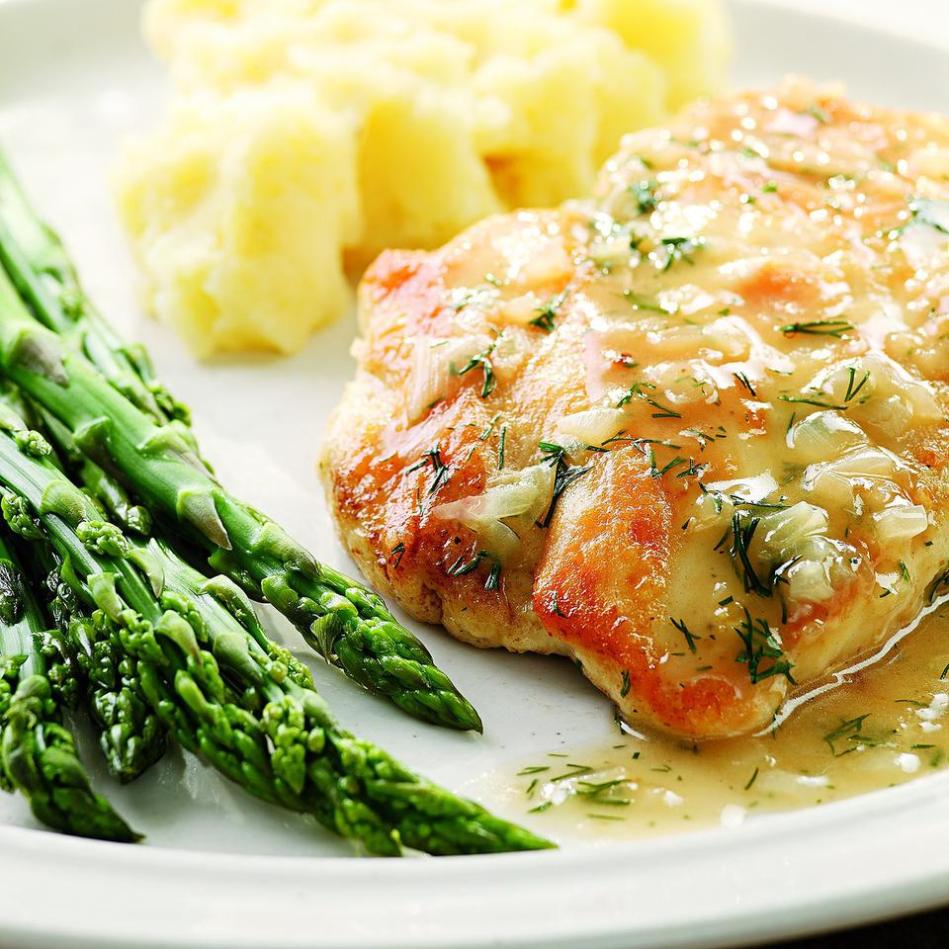What Are Some Tips for Creating Low-Carb Recipes That Are Easy to Prepare and Serve?
Low-carb recipes have gained popularity as a means to maintain a healthy lifestyle and manage weight. By reducing carbohydrate intake, individuals can experience various benefits, including improved blood sugar control, reduced risk of chronic diseases, and enhanced weight management.

Tips For Creating Low-Carb Recipes:
Selecting Low-Carb Ingredients:
- Vegetables: Opt for low-carb vegetables like leafy greens, broccoli, cauliflower, zucchini, and bell peppers.
- Fruits: Choose low-carb fruits such as berries, avocados, and citrus fruits.
- Grains: Select low-carb grains like quinoa, brown rice, and oats.
- Protein Sources: Include lean protein sources like chicken, fish, tofu, and beans.
- Low-Carb Flours and Sweeteners: Use low-carb flours like almond flour, coconut flour, and flaxseed meal. Opt for natural sweeteners like stevia, erythritol, and monk fruit.
- Reading Food Labels: Carefully read food labels to identify hidden carbs in processed foods.
Simple Cooking Techniques:
- Grilling: Grill meats, vegetables, and fish for a flavorful and low-carb meal.
- Roasting: Roast vegetables and meats in the oven to enhance their flavor and preserve nutrients.
- Baking: Bake low-carb bread, muffins, and cookies using alternative flours and sweeteners.
- Sautéing: Sauté vegetables and lean proteins in a small amount of healthy fats for a quick and easy meal.
Meal Planning and Preparation:
- Meal Planning: Plan meals in advance to avoid impulsive high-carb choices.
- Bulk Preparation: Prepare low-carb meals in bulk for easy weekday lunches or dinners.
- Storage and Reheating: Store low-carb meals in airtight containers and reheat them properly to maintain their quality.
Incorporating Flavor and Variety:
- Herbs and Spices: Enhance the flavor of low-carb dishes with herbs, spices, and seasonings.
- Experiment with Cuisines: Try different cuisines and flavors to keep meals interesting.
- Healthy Fats: Add healthy fats like olive oil or avocado for richness and satisfaction.
Balancing Macronutrients:
- Macronutrient Balance: Ensure a balanced ratio of carbohydrates, proteins, and fats in low-carb recipes.
- Portion Control: Determine appropriate portion sizes to achieve a balanced meal.
Sample Low-Carb Recipes:
Here are a few simple and delicious low-carb recipes to get you started:
- Grilled Chicken with Roasted Vegetables: Grill chicken breasts and serve with roasted broccoli, cauliflower, and zucchini.
- Baked Salmon with Lemon-Herb Butter: Bake salmon fillets topped with a flavorful lemon-herb butter sauce.
- Low-Carb Cauliflower Rice Pilaf: Prepare a pilaf-style dish using cauliflower rice, vegetables, and herbs.
- Zucchini Noodle Stir-Fry: Create a stir-fry using zucchini noodles, lean protein, and your favorite vegetables.
- Low-Carb Breakfast Smoothie: Blend a smoothie with almond milk, protein powder, berries, and spinach.
These recipes provide a starting point for creating your own delicious and easy-to-prepare low-carb meals.
Creating low-carb recipes that are easy to prepare and serve is a great way to maintain a healthy lifestyle. By following these tips and experimenting with different ingredients and cooking techniques, you can enjoy a wide range of flavorful and satisfying low-carb meals that support your overall health and well-being.

YesNo

Leave a Reply